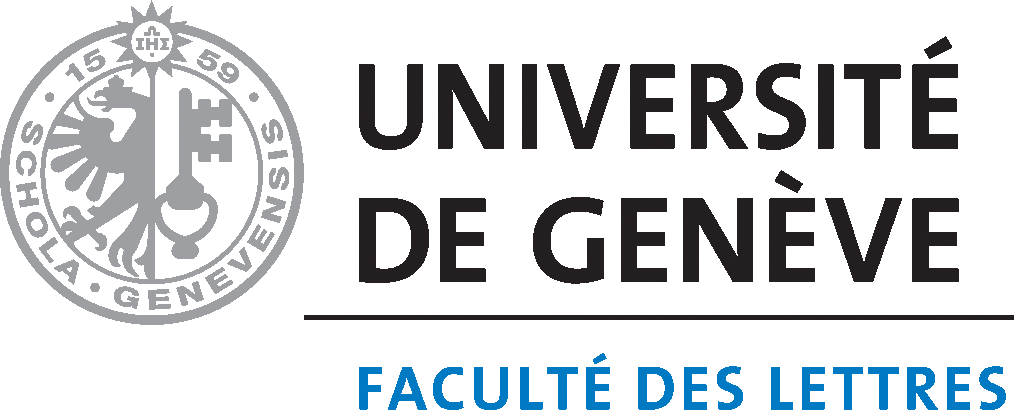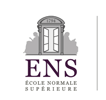Abstract
Marcus Gerards delivered his town plan of Bruges in 1562 and managed to capture the imagination of viewers ever since. The 21st century digitization project MAGIS Brugge, supported by the Flemish government, has helped to treat this map as a primary source worthy of examination itself, rather than as a decorative illustration for local history. A historical database was built on top of it, with the analytic method called ‘Digital Thematic Deconstruction.’ This enabled scholars to study formally overlooked details, like how it was that Gerards was able to balance the requirements of his patrons against his own needs as an artist and humanist.
Recommended Citation
Vernackt, Elien. "MAGIS Brugge: Visualizing Marcus Gerards’ 16th-century Map through its 21st-century Digitization." Artl@s Bulletin 7, no. 2 (2018): Article 3.






